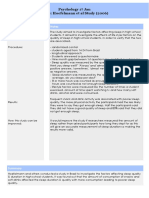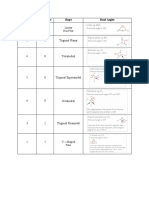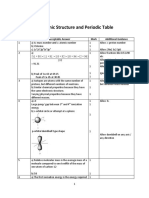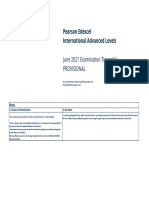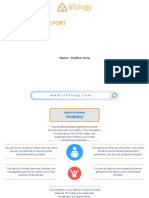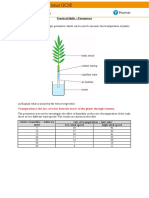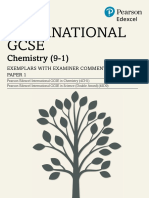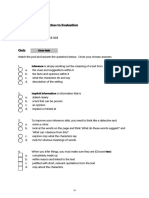Appendix 4: Suggested practicals
The following suggestions for practical investigations exemplify the scientific
process and can support students’ understanding of the subject.
Investigate the power consumption of low-voltage electrical items
Investigate factors affecting the generation of electric current by induction
Investigate how the nature of a surface affects the amount of energy radiated
or absorbed
Investigate models to show refraction, such as toy cars travelling into a region
of sand
Investigate the areas beyond the visible spectrum, such as those found by
Herschel and Ritter who discovered infrared and ultraviolet (UV) respectively
Investigate the relationship between potential difference (voltage), current and
resistance
Investigate the relationship between force, mass and acceleration
Investigate the forces required to slide blocks along different surfaces, with
differing amounts of friction
Investigate how crumple zones can be used to reduce the forces in collisions
Investigate forces between charges
Conduct experiments to show the relationship between potential difference
(voltage), current and resistance, for a component whose resistance varies with
a given factor, such as temperature, light intensity and pressure
Investigate the motion of falling
Investigate momentum during collisions
Investigate power by running up the stairs or lifting objects of different weights
Investigate the critical angle for perspex/air or glass/air or water/air boundaries
Investigate factors affecting the height of rebound of bouncing balls
Investigate the temperature and volume relationship for a gas
Investigate the volume and pressure relationship for a gas
Investigate the absorption of light by translucent materials in order to simulate
rays’ absorption
Seb050215 G:\GCSE_INT\SPECS\9780997864793_INTL_GCSE_PHYSICS_ISS5.DOC.1-51/0
Edexcel International GCSE in Physics (4PH0) – Specification – 41
Issue 6 – February 2015 © Pearson Education Limited 2015


























































